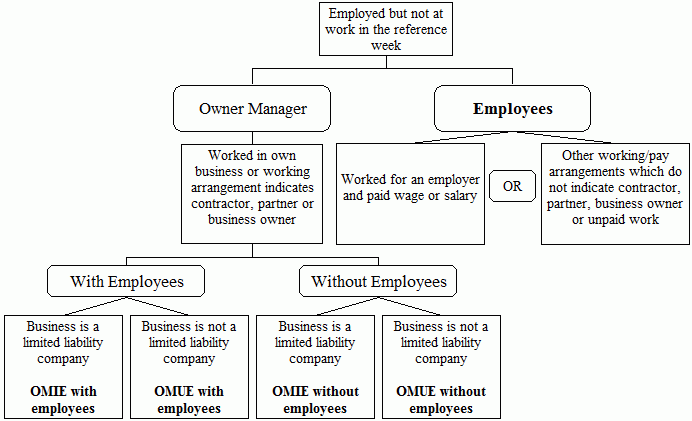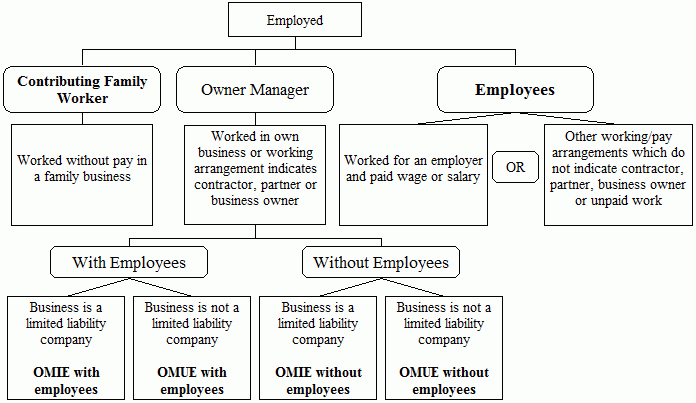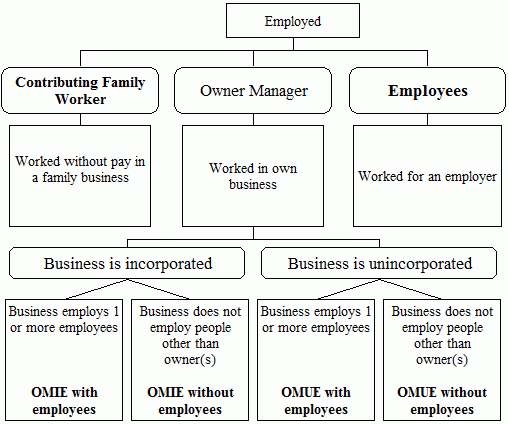The ABS aims to fully adopt international standards where they are applicable to the Australian situation, and therefore the standards detailed in this product closely align with the international standards as described in resolutions of the International Conference of Labour Statisticians (ICLS). The International Labour Organisation (ILO), in its manual Surveys of Economically Active Population, Employment, Unemployment and Underemployment, discusses the rationale for the concepts underlying the standard measures. The manual also provides guidelines on methods for their collection, by means of population censuses and surveys.
The concept of the labour force and definitions of employment and unemployment are defined in the 13th ICLS resolution (1982) concerning statistics of the economically active population, employment, unemployment and underemployment, which has more recently been revised in the 19th ICLS resolution (2013) concerning statistics of work, employment and labour underutilisation. The Australian definitions fully align with the 13th ICLS resolution with the exception that people who are engaged in production of goods for own final consumption are not explicitly included in the ABS definition of employment. The Australian definitions align with the definitions in the 19th ICLS for employment, unemployment and the labour force, apart from the definition of employment which has not yet been updated to reflect changes to the criteria to determine continued job attachment for people employed but not at work in the reference week. The ABS plans to make these changes to the standard in the coming years, and will revise the standard accordingly at that time. In both the 13th and 19th ICLS resolutions regular members of the armed forces are included in employment, however they are out of scope of the ABS LFS.
The International Classification of Status in Employment (ICSE) is described in the 15th ICLS resolution (1993) of that name. The Australian Status in employment standard is consistent with the international classification with two exceptions:
- members of producer cooperatives are not included as a separate category, and
- the latest review of the Australian standard has moved away from an explicit distinction between paid employment and self-employment, which is present in the ICSE.
Further, the ICSE recognises the issue with the treatment of Owner managers of incorporated enterprises (described in detail in the Status in employment standard) and whether they are in paid employment or self-employment; however, the ICSE is not definitive as to their treatment. This was a consideration in having this group separate in the Australian standard.
The concepts of hours worked (including actual hours worked, usual hours worked and hours paid for) are described in the 18th ICLS resolution (2008) concerning the measurement of working time. The Australian standard fully aligns with the concepts and definitions in this resolution.
Full-time/part-time status is not explicitly defined in in terms of hours worked in ICLS resolutions.
Duration of search for employment is defined in the 19th ICLS resolution (2013), and the Australian standard is fully consistent with this definition.




